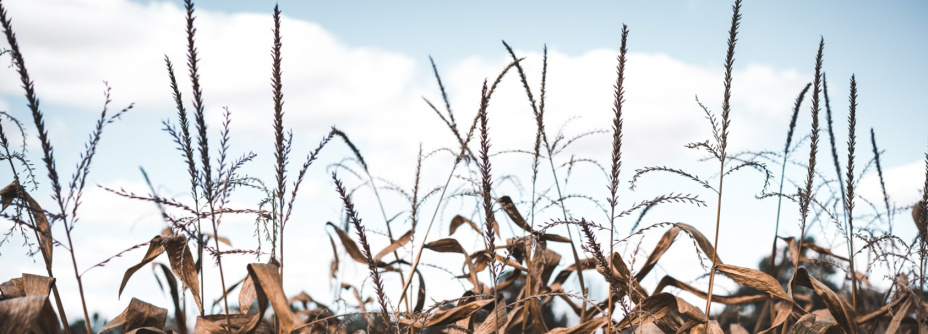Using local crops to make beer

Making beer from local crops supports the local economy and the environment as well as the breweries themselves. This idea has been tried before.
Beer has been popular since at least 4300 BC, when Babylonian clay tablets describe recipes for beer. Right from the start, early brewers used local materials.
In Africa, they used millet, maize and cassava; in Mexico, they used persimmon and agave. South Americans used corn and sweet potatoes. Russians used rye. Japanese used rice. Chinese used wheat. Other Asian cultures used sorghum.
Today, overwhelmingly the highest volume of beer is produced from just four main ingredients: malt, barley, corn and rice.This has worked well in the traditional beer markets in North America, Europe, Japan and Australia. In emerging markets, however, brewers often find that importing these ingredients entails significant financial, logistical and environmental costs.
That’s a growing problem, because it’s precisely in the emerging markets where beer consumption is now expected to grow. Being resourceful, brewers are adapting and are now choosing once again to return to the local crops that were used at the very start of the history of brewing roughly 6000 years ago.
Of course tastes in beer have changed somewhat over the last six millenia. Around 1490, Columbus found Native Americans making beer from corn and black birch sap, but it’s highly doubtful that modern beer drinkers would appreciate or even recognize the taste.
So the big question for today’s breweries is how to tap into growing regional markets, avoid imports, and still achieve a taste that modern beer drinkers will enjoy?
New and exciting local beers
It turns out that brewing with local ingredients can be supported by using specially selected enzymes, which are natural catalysts that speed up critical steps in the brewing process. Using enzymes with, for example, African crops like sorghum and cassava, brewers are producing exciting new beers to meet local tastes.
"These raw materials are unique to the region and amazing from a brewing perspective. By using these, we're giving brewers the option to enter new segments and expand their current brewing options. By opening-up the affordable segment, we are capturing new segments and making new opportunities for brewers," says Romeo Markovic, Novozymes Sales Manager.
Entering new segments goes two ways. With enzymes, brewers can offer consumers in emerging markets affordable local beers at less than a dollar for half a liter. These cheaper options provide a safe alternative to homemade brews, which are often stronger and sometimes toxic. Meanwhile beers brewed from sorghum and cassava don’t contain gluten, a quality of growing interest to health-conscious consumers in developed markets.
Using local raw materials with enzymes has advantages for the environment. It reduces the CO2 impact of shipping. In addition, enzymes improve the operational efficiency of the brewing process, saving energy and water which in many areas are in short supply.
Using local materials creates new jobs and new markets for farmers, benefitting local communities. The increased demand for local raw materials increases incomes and strengthens the local economy. Local farmers benefit from having solid, long-term contracts with brewing groups, which means they have better incomes and can plan their future for themselves and their families.
For brewers, enzymes can increase production capacity without having to make additional investments in machinery. It also reduces supply chain complexity and costs. It’s more efficient.
With hindsight, it’s clear the Babylonians were onto a good idea by using local ingredients to brew beer. Adding enzymes into the equation makes it possible to create new and exciting beers, plus so much more.